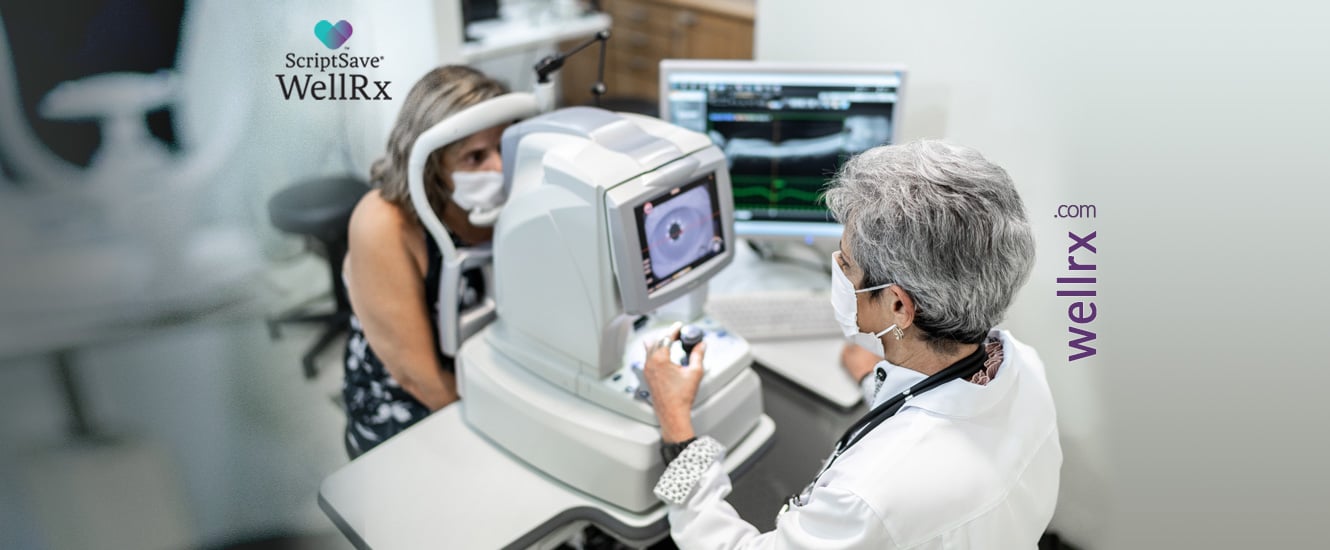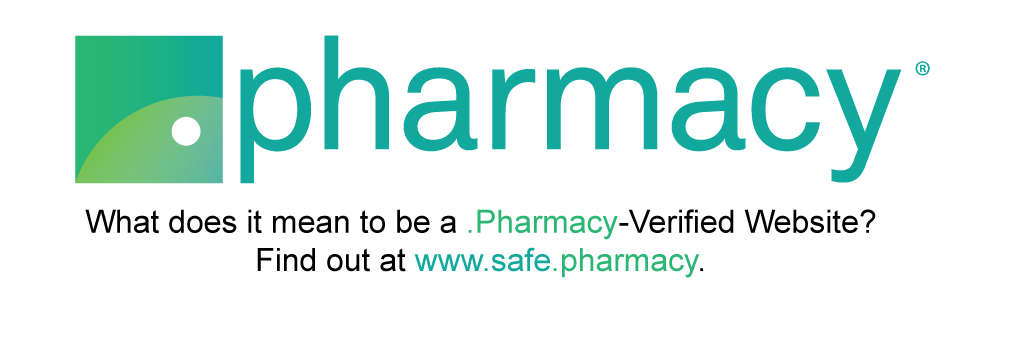Diabetic eye disease is a collection of eye problems that occur as a complication of diabetes. Diabetes is a condition in which your body cannot produce or effectively use insulin to control blood sugar levels. Too much blood sugar over a prolonged period can damage organs and blood vessels. Diabetic eye disease is a result of damaged blood vessels in the eyes.
Diabetic eye disease includes the following conditions:
Cataracts
Your eyes have clear lenses that help you see things sharply. As you age, these lenses may become cloudy. This is known as cataracts. Scientists believe that high sugar levels may cause deposit buildup in your lenses and make your vision cloudy. People with diabetes are more likely to develop cataracts at an earlier age.
Symptoms of cataracts include:
- Cloudy, blurry, or dimmed vision.
- Decreasing night vision.
- Double vision in one eye.
- Fading of colors.
- Seeing halos around lights.
- Sensitivity to light or glare.
Diabetic Macular Edema
The macula is the part of your eye that helps with the sharp vision necessary for driving, reading, and seeing faces clearly. Diabetic macular edema happens when damaged blood vessels in the retina leak fluid into the macula and surrounding area and cause swelling. It is the most common cause of vision loss in people with diabetic retinopathy. Over time, macular edema can lead to blindness.
Common symptoms of diabetic macular edema include:
- Fading of colors.
- Wavy vision toward the center of your vision field.
Glaucoma
Glaucoma is a group of diseases in which there is damage to your optic nerve. The optic nerve is a cluster of nerves that connects the eye to the brain. Damage to the optic nerve may result in loss of peripheral (side) vision and eventual blindness if left untreated. People with diabetes are twice as likely to develop glaucoma than those without diabetes.
People with glaucoma often do not experience symptoms until the disease has advanced to later stages. Depending on the type of glaucoma you have, symptoms may include:
- Blind spots in your side vision.
- Blurry vision.
- Eye pain.
- Nausea and vomiting.
- Severe headache.
- Tunnel vision.
Diabetic Retinopathy
Diabetic retinopathy happens when damaged blood vessels in the eye harm the retina. The retina is a lining in the back of your eye that senses light and sends signals to your brain. Your brain decodes the signals and turns them into the images that you see.
Blood vessels damaged by prolonged high blood sugar levels can weaken and leak into the retina. If the condition progresses, some blood vessels may close off. This causes new, weaker blood vessels to grow on the retina, which may lead to significant vision problems.
You may not notice vision changes during the early stages of diabetic retinopathy. However, as the disease progresses, you may have symptoms, such as:
- Blurred vision.
- Changes in color vision.
- Dark areas in your vision.
- Floating dark spots or strings in your vision (floaters).
- Loss of vision.
How Can You Prevent Diabetic Eye Disease?
The best way to protect your eyes and prevent diabetic eye disease or keep it from progressing is to manage your diabetes and other chronic conditions.
Examples of ways to prevent diabetic eye disease include:
- Maintaining target sugar levels.
- Maintaining healthy blood pressure.
- Keeping your cholesterol at a healthy level.
- Quitting smoking if you smoke.
- Getting an annual dilated eye exam.
Even if you already have some vision loss from your diabetes, it is never too late to start managing your health to prevent further vision loss. A conversation with an eye care specialist can help you find ways to treat vision problems.
If you take medication to treat diabetes, you must take it as prescribed to maintain your target blood sugar levels. In addition, making healthy food choices will help avoid dangerous blood sugar spikes. You can use the ScriptSave WellRx Grocery Guidance to help you find foods at the grocery store that enable you to control your blood sugar.
Will My Insurance Cover My Diabetes Medication?
Many diabetes medicines are covered by insurance. However, some medications, including insulin, may be pricey even with insurance. You can ask your pharmacist or your insurance company if your plan covers your diabetes medicine. If your insurance does not cover your medication or the price with insurance is too high, you can use a prescription discount card to get the lowest prescription price at a pharmacy near you.
What Are Prescription Discount Cards?
Prescription discount cards offer prescription savings when your insurance does not cover your medication or when the price with insurance is higher than the cost with a prescription savings card. Using a free Rx savings card can save you up to 80% or more off the retail price. You can use a ScriptSave WellRx discount card for the best discount at a pharmacy near you.
Rosanna Sutherby is a freelance medical writer who has been a practicing pharmacist in her community for close to 20 years and is a regular contributor to the RxSaver by RetailMeNot blog. She obtained her Doctor of Pharmacy from Nova Southeastern University in Ft. Lauderdale, FL. She utilizes her clinical training in the pharmacy, where she helps patients manage disease states such as asthma, diabetes, heart disease, hypertension, and many others. Dr. Sutherby reviews and recommends drug regimens based on patients’ concurrent conditions and potential drug interactions.
References:
https://www.niddk.nih.gov/health-information/diabetes/overview/preventing-problems/diabetic-eye-disease
https://www.wellrx.com/health-conditions/about/health-condition/type-2-diabetes/~default/
https://www.aao.org/eye-health/diseases/diabetic-eye-disease
https://www.wellrx.com/health-conditions/about/health-condition/cataracts/~default/
https://www.wellrx.com/health-conditions/about/health-condition/retinopathy/~default/
https://www.wellrx.com/health-conditions/about/health-condition/glaucoma/~default/
https://www.mayoclinic.org/diseases-conditions/cataracts/symptoms-causes/syc-20353790
https://www.nei.nih.gov/learn-about-eye-health/eye-conditions-and-diseases/macular-edema#:~:text=Diabetic%20macular%20edema%20(DME)&text=Diabetic%20retinopathy%20is%20caused%20by,in%20people%20with%20diabetic%20retinopathy.
https://www.mayoclinic.org/diseases-conditions/diabetic-retinopathy/symptoms-causes/syc-20371611?utm_source=Google&utm_medium=abstract&utm_content=Diabetic-retinopathy&utm_campaign=Knowledge-panel
https://www.wellrx.com/news/4-ways-to-lower-your-risk-of-type-2-diabetes/













 Store & manage your medication list
Store & manage your medication list Medication pricing updates
Medication pricing updates Pill & refill reminders
Pill & refill reminders Medication journal & mood log
Medication journal & mood log